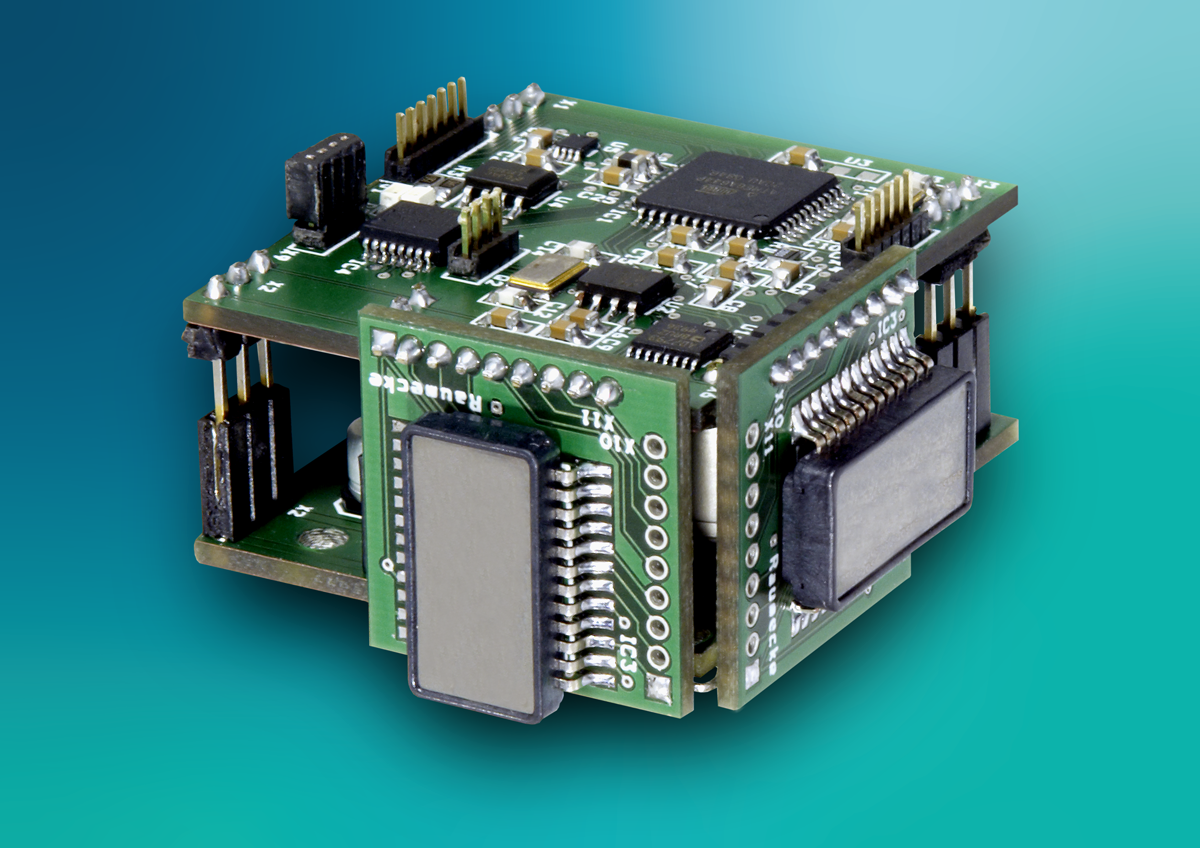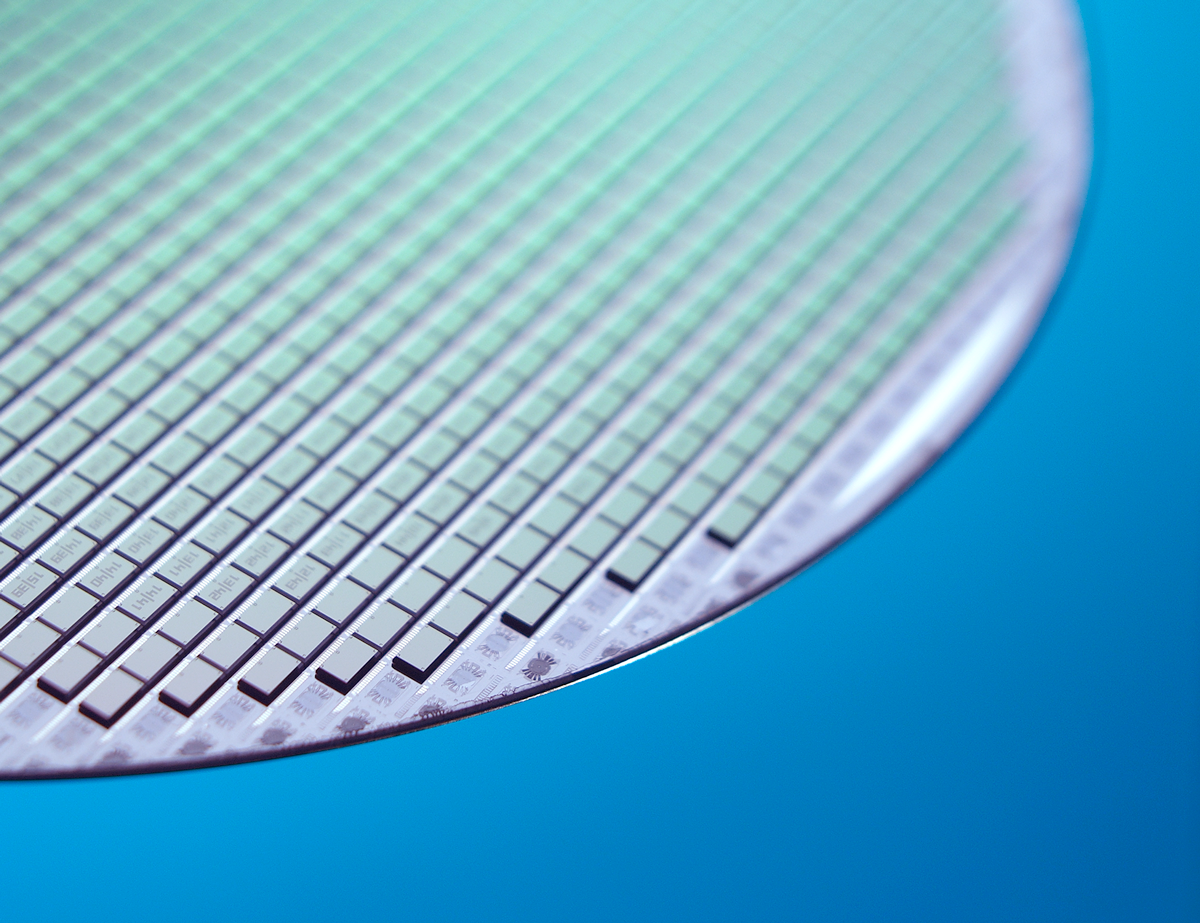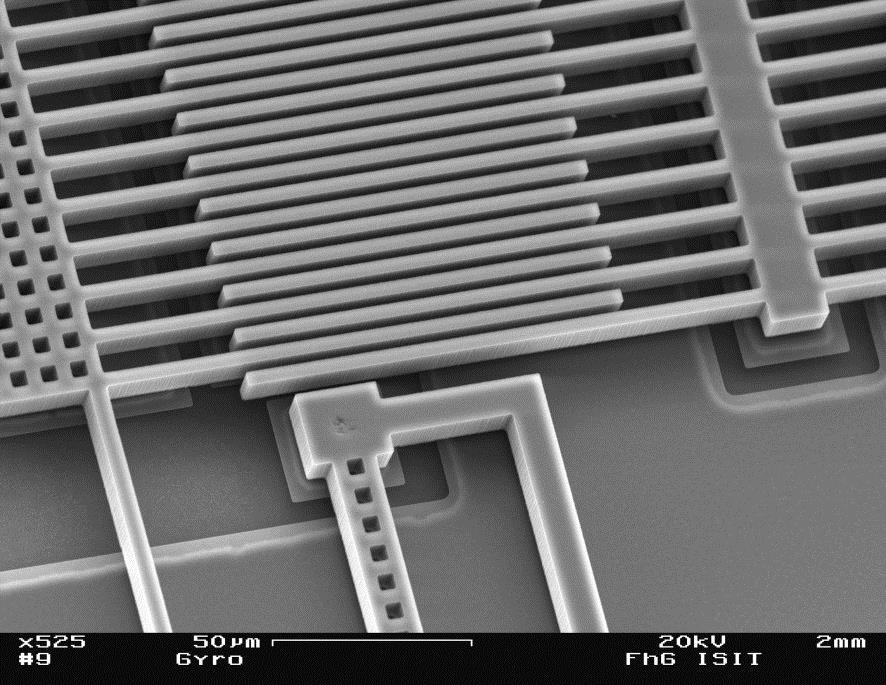Micro-electro-mechanical systems (MEMS) combine minimal size, low manufacturing costs and highest reliability and are thus increasingly used in the automotive industry. For example, MEMS inertial sensors are used for active and passive safety systems such as vehicle dynamics control but also navigation systems, which can also be found in low-cost automotive series. However, inertial sensors are also widely used in the consumer sector (cell phones, laptops, game consoles). In order to further increase component density and functionality, development is progressing from single-axis sensor modules to multi-axis sensor systems and finally to complete inertial measurement units (IMU), which record the overall motion of a body in all three spatial axes simultaneously.
6-axis IMU device (inertial measurement unit, IMU)



Sensors for measuring rotation rates, accelerations and magnetic fields have now found their way into everyday life in a wide range of applications and, unnoticed, are making the use of many electronic products much more versatile, simple and intelligent. Numerous new applications in the field of consumer electronics as well as medical and security technology are creating ever-increasing market demands for intelligent sensor systems, especially in terms of cost, size, quality and power consumption. Such modules consist of an acceleration, rotation rate and magnetic sensor with three detection directions each, thus forming a 9D IMU. This enables precise position and orientation determination by evaluating the earth's magnetic field and motion patterns.
While 3-dimensional acceleration and angular rate sensors are already manufactured industrially in high quantities by means of chip-level integration, their combination on a chip places far greater demands on the chip design and the corresponding manufacturing technology due to different requirements on the operating environment. In the field of inertial sensor technology, ISIT has developed the Poly-Silicon MEMS technology platform PSM-X2, a process for polysilicon surface micromechanics. The combination of accelerometers, angular rate sensors and magnetic field sensors on chip level allows a highly integrated, precise and cost-effective manufacturing of IMUs.
Characteristics of the process with the PSM-X2 technology platform
- The µmirror and acoustic devices are based on a micromechanical process with a silicon layer ("EpiPoly" up to 100 µm thickness) for the moving masses
- Capping of the devices on wafer level (cap wafer technology) for the operation of the devices under vacuum
- Hermetic encapsulation with very low leakage rates using eutectic metal bonding systems
- Adjustable working pressure in the sensor cavities (1 bar .... 10-2 mbar) by wafer level packaging under vacuum and integrated getter layer in the cap wafers
- Chip related leak rate test by application of the "Neon Ultra-Fine Leakage Test
- Implementation of different working pressures in two adjacent cavities on one chip in one process step (dual cavity approach)
- 100% test coverage through specially developed final test strategy
- Process qualified for automotive applications (AEC Q100)
- Proven pressure stability in the encapsulated systems over > 10 years
More on the topic of rotation rate sensors | Gyroscope:
 Fraunhofer Institute for Silicon Technology
Fraunhofer Institute for Silicon Technology